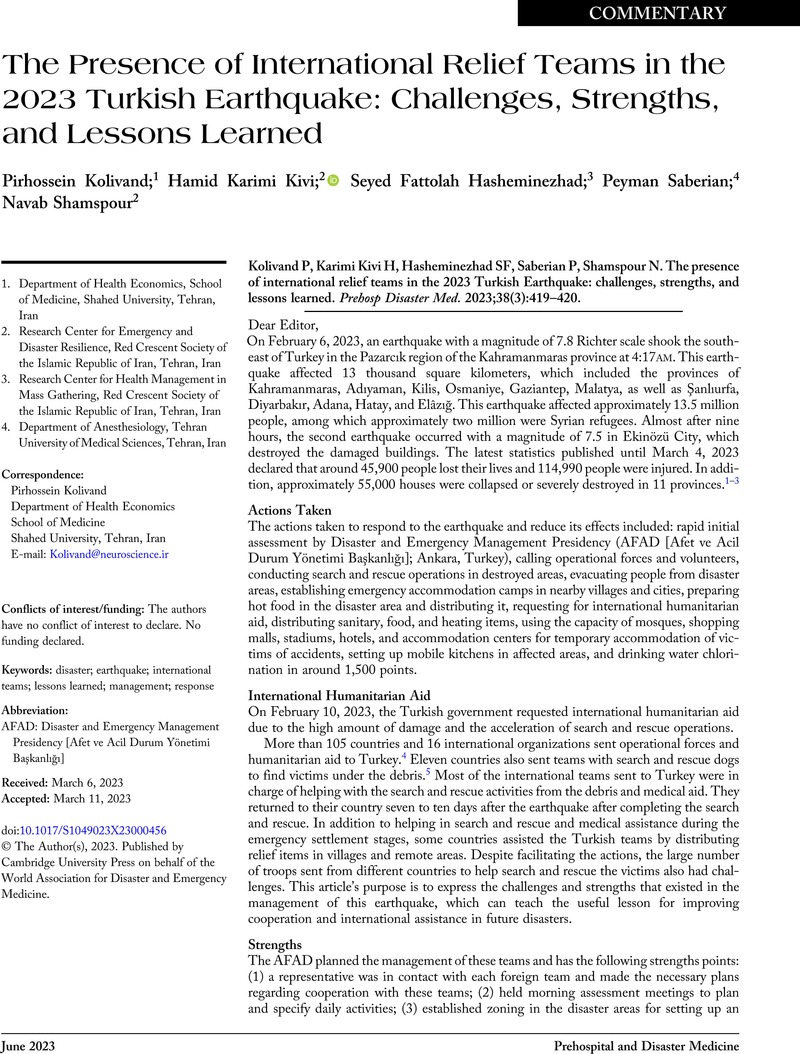Crossref Citations
This article has been cited by the following publications. This list is generated based on data provided by Crossref.
Dubey, Rameshwar
2024.
Reference Module in Social Sciences.




